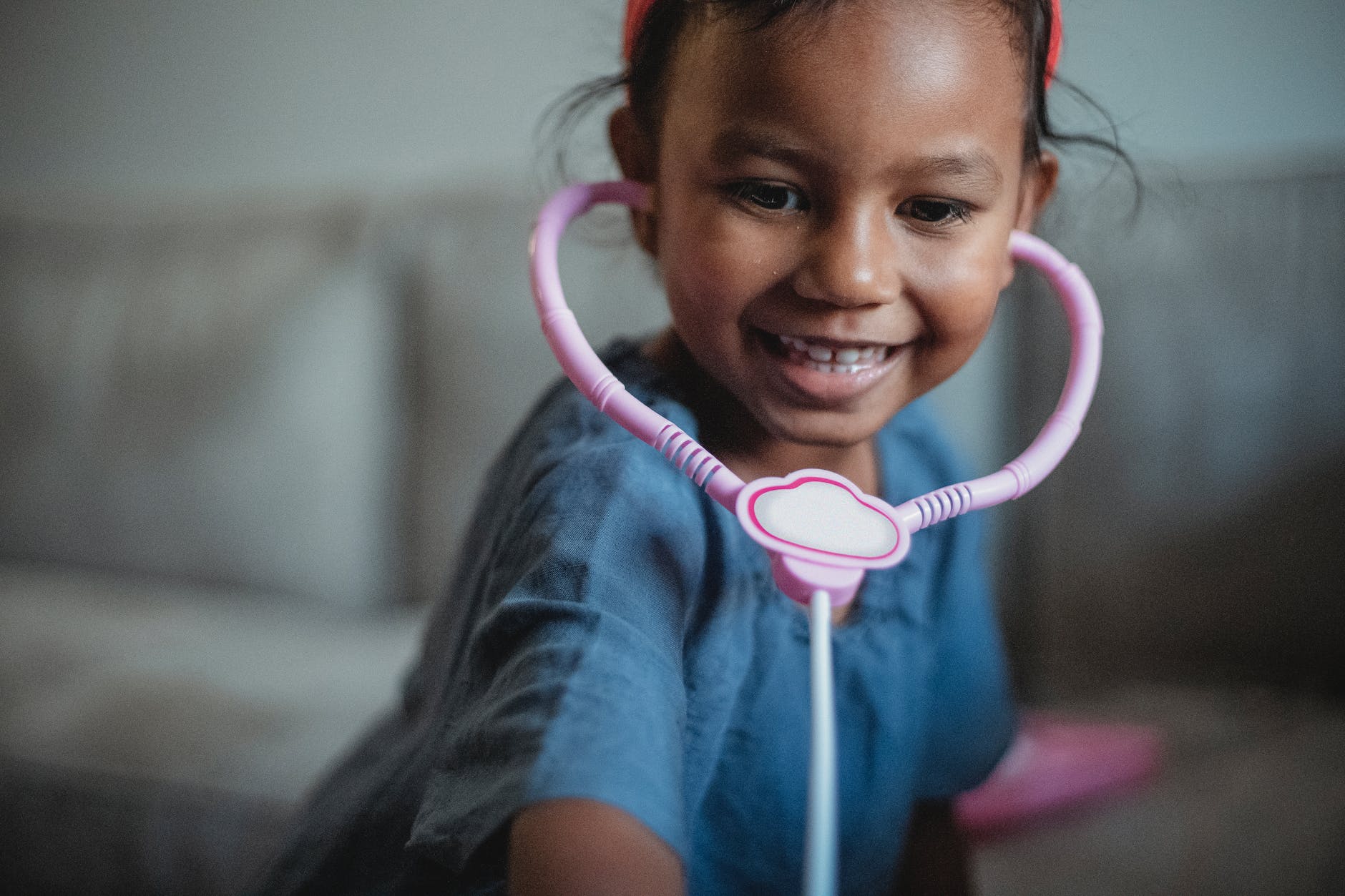Understanding a patient’s journey through their medical history serves as a vital compass for diagnosing ailments, devising treatment plans, and promoting overall wellness. Grade 2 emerges as a pivotal stage in a child’s educational voyage, presenting a ripe opportunity to instill foundational knowledge about medical literacy and the significance of the medical history. This article elucidates the compelling rationale behind integrating medical literacy on the medical history in Grade 2 curricula with an activity book like A to Z Medical History and underscores the myriad benefits it offers to young learners.

1. Developmental Readiness:
Grade 2 signifies a developmental juncture where children exhibit heightened cognitive abilities, expanded linguistic skills, and a burgeoning curiosity about the world around them. At this formative age, children are primed to absorb and comprehend complex concepts with eagerness and receptivity. Introducing medical literacy instruction on the medical history in Grade 2 dovetails seamlessly with children’s cognitive development, fostering an understanding of the foundational principles underlying healthcare practices.
2. Understanding Health Dynamics:
Medical history instruction lays the groundwork for children to comprehend the dynamic interplay between past health experiences and present health conditions. By exploring key elements of a patient’s medical history, such as past illnesses, treatments, and family medical backgrounds, children gain insights into the multifaceted nature of health. Grade 2 serves as an opportune age to introduce children to the concept of medical history, enabling them to grasp the notion that health outcomes are influenced by a myriad of factors spanning genetics, lifestyle choices, and environmental influences.
3. Cultivating Empathy and Compassion:
Delving into medical history in Grade 2 fosters empathy and compassion by illuminating the human narratives woven into healthcare experiences. Children learn to appreciate the challenges faced by patients, caregivers, and healthcare professionals, cultivating a sense of empathy towards individuals navigating health-related adversities. By exploring diverse perspectives and stories, children develop a heightened awareness of the human aspect of healthcare, fostering a compassionate approach to understanding and addressing health issues.
4. Nurturing Critical Thinking Skills:
Medical history instruction nurtures critical thinking skills and analytical reasoning abilities among young learners. Through interactive discussions, storytelling, and engaging activities, educators encourage children to explore the underlying causes and implications of various health conditions. By prompting children to ask questions, analyze information, and draw connections, educators empower them to think critically and evaluate the complexities of medical history with discernment and insight.
5. Promoting Health Advocacy:
Introducing medical history instruction equips children to advocate for their own health and well-being. By understanding the importance of gathering comprehensive medical information, children learn to communicate more effectively with healthcare providers and make informed decisions about their health. Medical literacy empowers children to navigate healthcare systems and actively participate in their healthcare journey.
Start Instruction on the Medical History in Grade 2
In summary, integrating medical literacy on the medical history into Grade 2 education with a resource like A to Z Medical History offers myriad advantages for young learners, including fostering empathy, promoting self-care, and nurturing critical thinking skills. Grade 2 serves as an optimal starting point for introducing children to the intricacies of medical history, laying a robust foundation for their understanding of healthcare practices and patient-centered care. By engaging children in meaningful discussions and explorations of the medical history, educators empower them to navigate the complexities of healthcare with empathy, insight, and confidence.
===
Interested in teaching medical literacy pain free? Shop medical literacy resources!

This article was drafted by ChatGPT and edited by Joan Lee Tu, the founder of MedULingo.com.
You may also be interested in the following:
A to Z Medical Literacy | Medical History
Clinical Reasoning in Grade Three with A to Z Medical History and Histology Lessons

